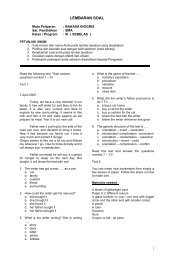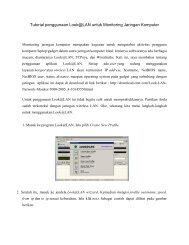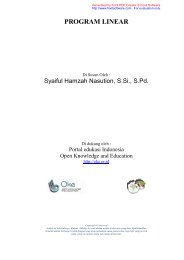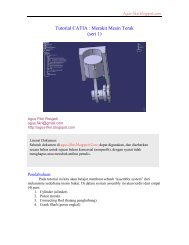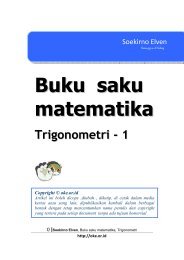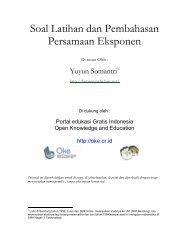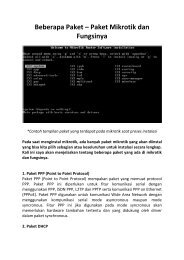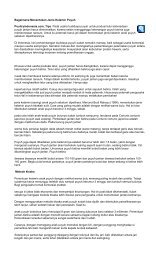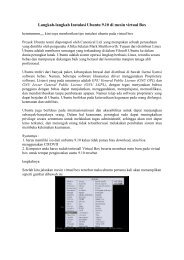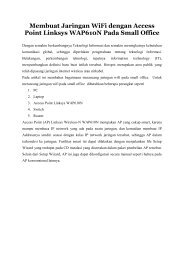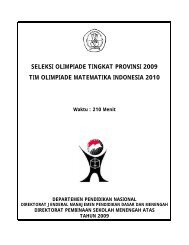british mathematical olympiad british mathematical olympiad
british mathematical olympiad british mathematical olympiad
british mathematical olympiad british mathematical olympiad
Create successful ePaper yourself
Turn your PDF publications into a flip-book with our unique Google optimized e-Paper software.
BRITISH MATHEMATICAL OLYMPIADRound 2 : Thursday, 11 February 1993Time allowed Three and a half hours.Each question is worth 10 marks.Instructions • Full written solutions are required. Marks awardedwill depend on the clarity of your <strong>mathematical</strong>presentation. Work in rough first, and then draftyour final version carefully before writing up yourbest attempt.Rough work should be handed in, but should beclearly marked.• One or two complete solutions will gain far morecredit than trying all four problems.• The use of rulers and compasses is allowed, butcalculators are forbidden.• Staple all the pages neatly together in the top lefthand corner, with questions 1,2,3,4 in order, andthe cover sheet at the front.Before March, twenty students will be invitedto attend the training session to be held atTrinity College, Cambridge (on 15-18 April).On the final morning of the training session,students sit a paper with just 3 Olympiad-styleproblems. The UK Team for this summer’sInternational Mathematical Olympiad (to be heldin Istanbul, Turkey, July 13–24) will be chosenimmediately thereafter. Those selected will beexpected to participate in further correspondencework between April and July, and to attend a shortresidential session before leaving for Istanbul.Do not turn over until told to do so.BRITISH MATHEMATICAL OLYMPIAD1. We usually measure angles in degrees, but we can use any other unit wechoose. For example, if we use 30 ◦ as a new unit, then the angles of a30 ◦ , 60 ◦ , 90 ◦ triangle would be equal to 1, 2, 3 new units respectively.The diagram shows a triangle ABC with asecond triangle DEF inscribed in it. Allthe angles in the diagram are whole numbermultiples of some new (unknown unit); theirsizes a,b,c,d,e,f,g,h,i,j,k,l with respect tothis new angle unit are all distinct.Find the smallest possible value of a+b+c forwhich such an angle unit can be chosen, andmark the corresponding values of the angles ato l in the diagram.2. Let m = (4 p − 1)/3, where p is a prime number exceeding 3. Prove that2 m−1 has remainder 1 when divided by m.3. Let P be an internal point of triangle ABC and let α,β,γ be defined byα = ̸ BPC − ̸ BAC, β = ̸ CPA − ̸ CBA, γ = ̸ APB − ̸ ACB.Prove thatPA sin ̸ BACsinα= PB sin ̸ CBAsin β= PC sin ̸ ACB.sinγ4. The set Z(m,n) consists of all integers N with mn digits whichhave precisely n ones, n twos, n threes, ..., n m s. For eachinteger N ∈ Z(m,n), define d(N) to be the sum of the absolute valuesof the differences of all pairs of consecutive digits. For example,122313 ∈ Z(3,2) with d(122313) = 1 + 0 + 1 + 2 + 2 = 6. Find theaverage value of d(N) as N ranges over all possible elements of Z(m,n).



